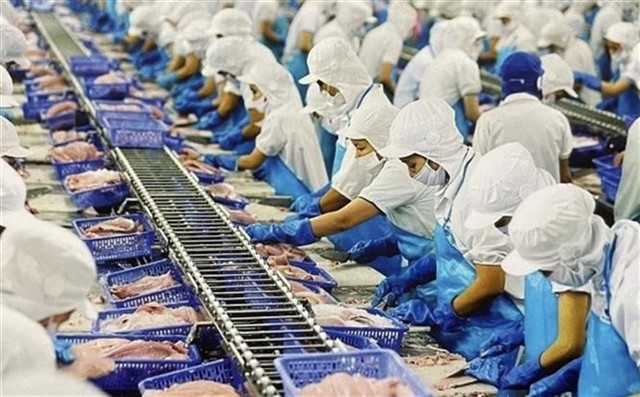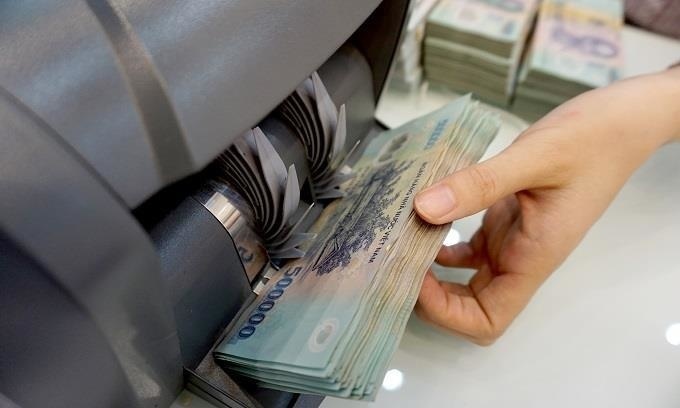Vietnam's Economy Recovers Despite WB’s Warning of Global Recession
WB’s warning of global recession in 2023
According to a comprehensive new study by the group of experts Justin Damien Guénette, M. Ayhan Kose, and Naotaka Sugawara from the World Bank, themed “Risk of global recession in 2023 rises amid simultaneous rate hikes”, the world may be edging toward a global recession in 2023.
Central banks around the world have been raising interest rates this year with a degree of synchronicity not seen over the past five decades—a trend that is likely to continue well into next year, according to the report.
Yet the currently expected trajectory of interest-rate increases and other policy actions may not be sufficient to bring global inflation back down to levels seen before the pandemic. Unless supply disruptions and labor-market pressures subside, those interest-rate increases could leave the global core inflation rate (excluding energy) at about 5 percent in 2023—nearly double the five-year average before the pandemic, the study finds.
To cut global inflation to a rate consistent with their targets, central banks may need to raise interest rates by an additional 2 percentage points, according to the report’s model. If this were accompanied by financial-market stress, global GDP growth would slow to 0.5 percent in 2023—a 0.4 percent contraction in per–capita terms that would meet the technical definition of a global recession.
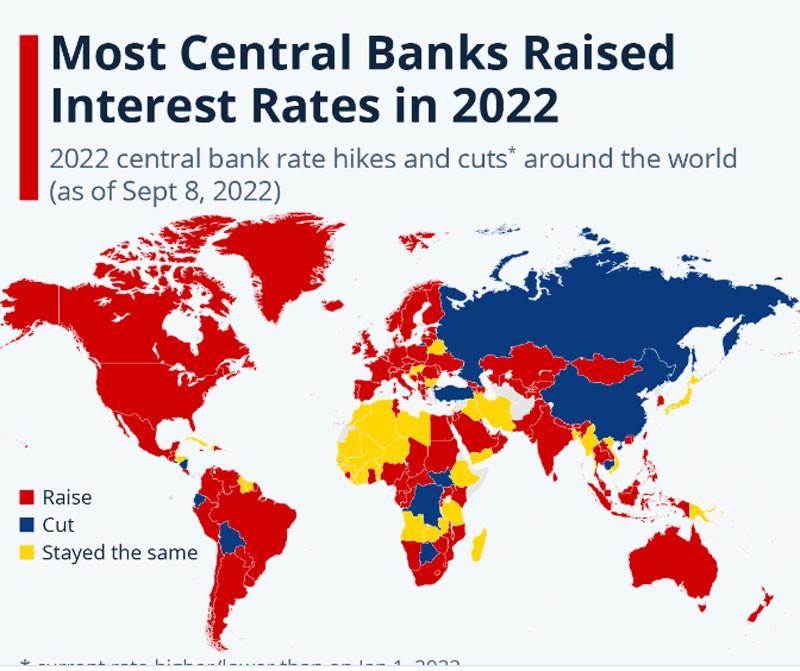 |
| Most central banks raised interest rates in 2022. (Photo: Statista) |
World Bank Group President David Malpass said: “To achieve low inflation rates, currency stability, and faster growth, policymakers could shift their focus from reducing consumption to boosting production. Policies should seek to generate additional investment and improve productivity and capital allocation, which are critical for growth and poverty reduction.”
The analysis indicates that the global economy could escape a recession even if additional monetary policy tightening beyond current market expectations is needed to reduce inflation. However, this would require the additional tightening to be implemented in such a way as to generate an orderly adjustment in financial markets. More importantly, policymakers need to utilize the full menu of options available to get ahead of inflation and reduce the likelihood of a sharper decline in growth.
For monetary policy, it is suggested that central banks must communicate their policy decisions clearly within credible monetary policy frameworks while safeguarding their independence. This would help anchor inflation expectations more strongly, reducing the degree of policy tightening needed to achieve the desired disinflation.
In terms of fiscal policy, the pace and magnitude of withdrawal of fiscal support must be finely calibrated and closely aligned with credible medium-term fiscal plans. Moreover, policymakers in EMDEs need to address concerns about long-run debt sustainability by strengthening fiscal frameworks, enhancing debt transparency, upgrading debt management functions, and improving resource mobilization and expenditure efficiency. At the same time, fiscal policy needs to provide targeted relief to shield vulnerable households, rather than introducing distortionary measures such as subsidies and price controls.
It is also suggested that national policymakers need to take into account the potential spillovers of globally synchronous domestic policies. For financial policies, policymakers need to rebuild foreign exchange reserve buffers and realign prudential policy to prepare for potential financial stress.
Although fiscal, monetary, and financial policies are helpful in managing near-term demand pressures, policymakers also need to confront supply constraints affecting energy markets, labor markets, and international trade.
Vietnam's economy still recovers in September 2022
According to the recent report by WB about Vietnam Macro Monitoring as of September 2022, Industrial production and retail sales posted another month of high growth rates of 15.6 percent (y/y) and 50.2 percent (y/y) respectively, mostly driven by the low-base effects related to the Covid-19 lockdowns in August 2021.
Month-on-month growth in retail sales moderated in July and August 2022 after a strong Quarter 2 of 2022 recovery.
Exports and imports grew by 22.6 percent (y/y) and 13.3 percent (y/y) in August, respectively, higher than in July 2022. FDI commitments fell reflecting investor caution in the face of global uncertainty while FDI disbursement continued to improve, contributing to an eleven-month positive trend.
CPI inflation moderated from 3.1 percent (y/y) in July to 2.9 percent in August thanks to softening fuel prices while core inflation continued to accelerate from 2.6 percent in July to 3.1 percent in August as the second-round effects of earlier increases in commodity prices affected productions costs and final prices.
 |
| Vietnam's economy still recovers in September 2022 despit warning of global recession in 2023. (Photo: WB) |
Credit growth remained strong at 16.2 percent (y/y) while overnight interbank interest rates (end of period) increased from 0.71 percent in June to 4.19 percent in July and 4.42 percent in August. This could be partly due to mismatch of lower domestic deposits due to low deposit rates and high demand for domestic credits, with banks competing in the interbank market for funds. It can also be partly due to SBV sale of some reserves over the past few months to stabilize the dong against a strengthening US dollar, thus tightening domestic liquidity.
The budget registered an eighth month of surplus. The Vietnamese government did not borrow much in the domestic market, with government and government-guaranteed bond issuance equal to only 27.4 percent of the plan in the first eight months of the year, less than a ha of the borrowing seen a year ago.
It is concluded that Vietnam’s economic recovery has continued despite heightened economic uncertainties regarding higher global inflation and weakening economic growth in main trade partners.
The authorities should remain vigilant about inflation risks associated with food and core prices. Also, while fuel prices have softened recently, global fuel price movements are uncertain. Thus, incentivizing alternative energy production and use would reduce the economy’s dependence on imported fuels and promote greener growth. Also, strengthening the social support system, including its registration, targeting, and disbursement systems would facilitate reaching affected citizens during such shocks.
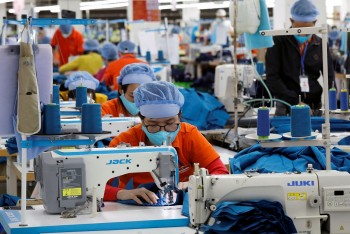 | Foreign Investors Optimistic about Vietnam’s Economic Outlook The Vietnam Briefing of Dezan Shira & Associates group published an article on December 31 stating that foreign investors continue to be confident about the ... |
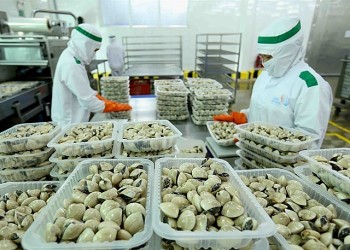 | Vietnam's Economy After One Year Journey of UKVFTA Opportunities for Vietnamese export businesses are huge in the context that the UK economy will recover quickly after the pandemic, demand for consumer goods increases, ... |
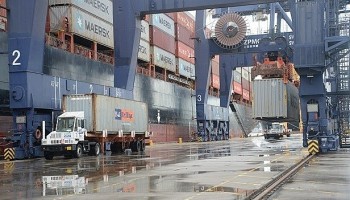 | Vietnam's Economy Gradually Recovers and Developes Sustainably Vietnam’s export revenue in 2022 is expected to reach about US$368 billion, a year-on-year rise of 9.46% |
Recommended
 Economy
Economy

